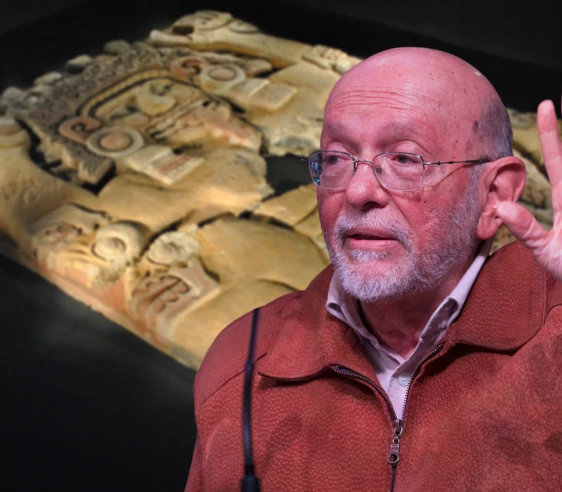Main content
2022 Princess of Asturias Award for Social Sciences

Eduardo Matos Moctezuma
2022 Princess of Asturias Award for Social Sciences
A scholar and promoter of the Mexican pre-Columbian world, as well as a leading communicator in this field of knowledge, Eduardo Matos Moctezuma has carried out his fieldwork in archaeological sites such as Comalcalco, Tepeapulco, Bonampak, Teotihuacan, Cholula, Tula, Tlatelolco and Tenochtitlan, among others.
End of main content
